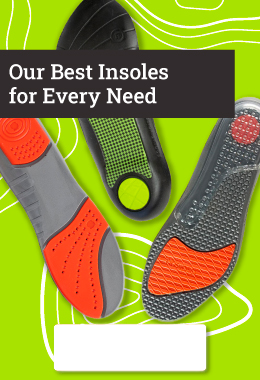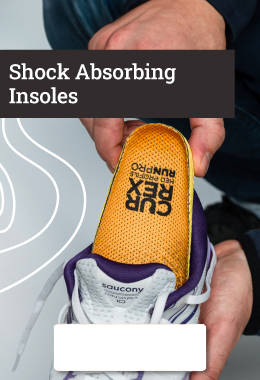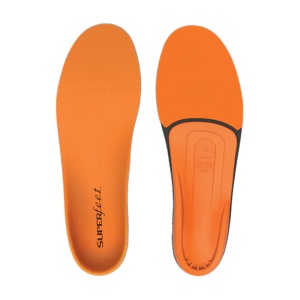| What is Achilles Tendinitis?6 July 2015 | John Achilles tendinitis (also known as Achilles tendinopathy) is the inflammation of the Achilles tendon, the tissue that connects your heel bone to your calf muscle. This tissue is supposed to be stretched and strained as a part of its normal function, however if it is put under excessive stress it can become inflamed. This stress can cause scar tissue to form over time, which is not as flexible as the tissue of the Achilles tendon and can drastically reduce mobility — if Achilles tendinitis is ignored, it can even lead to the Achilles tendon rupturing or tearing. What are the Symptoms of Achilles Tendinitis?The main symptoms of Achilles tendinitis are pain and stiffness in the heel and along the tendon up to the calf. This pain is usually worse in the morning or after long periods of inactivity, due to the tissue receiving less blood and ergo less oxygen. During the early stages of Achilles tendinitis pain may only be felt at the start and at the end of an exercise session but if left untreated, this can affect you throughout your workout. The tendon may also be tender to the touch or even swollen and warm in some cases. If scar tissue has formed, a nodule may be present on the tendon and a cracking sound (caused bt the scar tissue rubbing against the tendon) may be audible when moving your ankle. This cracking sound may be accompanied by pain when moving the joint. What Can Cause Achilles Tendinitis?There are several causes of Achilles tendinitis — the most common of which is overuse of the foot. Achilles tendinitis can also develop as a result of an immediate injury, though this is rarer and is mostly in younger people. Overuse of the Achilles tendon can be a result of running frequently, running on hard surfaces, jumping frequently (for example by playing basketball), cycling with a low saddle (which causes the heel to over flex) or a sudden increase in activity. Frequent activity while wearing inflexible shoes cause the Achilles tendon to twist, adding stress to the tendon and encouraging the development of scar tissue. In older adults, Achilles tendonitis can be caused by arthritis, as a bone spur can grow in the heel bone that irritates the tendon and causes scar tissue to form. How Can Shoe Insoles Help with Achilles Tendinitis?There are several ways shoe insoles can help with Achilles tendinitis; wearing the right shoe insole can reduce overpronation (rolling your foot too far while walking or running), which helps reduce the strain placed on the Achilles tendon. In addition, the right shoe insole can provide a cushion to the heel, which reduces irritation of the tendon. Similarly, a shoe insole can give a lift the heel away from the back of the shoe, stopping the heel rubbing against the back of the shoe. Please visit the Shoe Insoles website for a full range of Insoles for Achilles Tendinitis.
|












